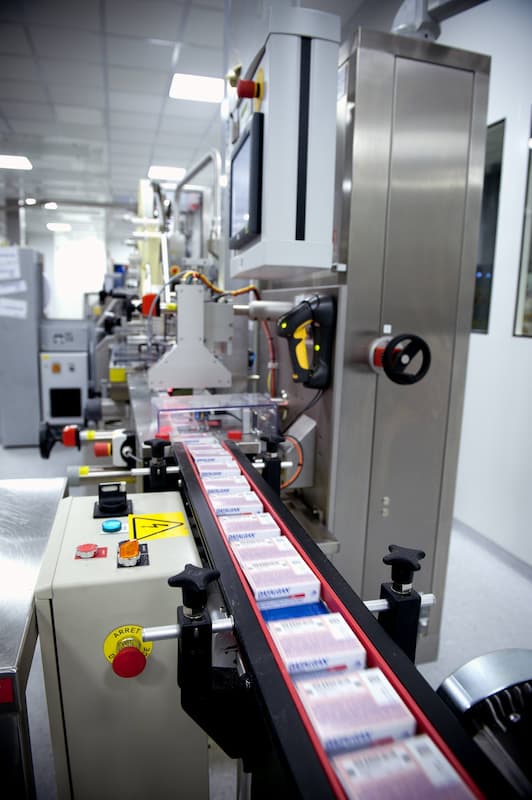A packaging execution system (PES) provides centralised control of all actions related to packaging. Most manufacturing companies understand the advantages of a manufacturing execution system (MES), but 90% have not yet realised how a PES could benefit them. And the advantages are huge, in a world where the proper identification and traceability of products have become a must.
All too often, there is no direct link between the packaging line and the ERP system that provides all the identification information concerning the products on that line. This means that every device involved in the packaging process is configured locally, independently, and often manually. This results in a high probability of errors such as incorrect labelling, non-compliance with standards (GS1, EPC, supply chain identification rules), or configuration errors in packaging identification systems. These errors are due to a lack of visibility and traceability of actions, events, and data, and no data aggregation or automated control. Without a PES, and therefore, without integration of all the packaging lines with the company ERP, the whole traceability of product is jeopardised because you cannot guarantee that the identification and control processes will be flawless.
What are the benefits of a PES?
A PES provides the essential link between ERP and packaging line. By acting in a fully controlled loop, it takes control over all the peripherals. It also correctly manages all the processes involved in product identification. This means that a single solution runs all the lines, controls all the data, and generates reports on the events and actions that have taken place on every level. Fully automated processes also mean faster execution of those operations.
All the machines on a line can be controlled by just one person, via a single human-machine interface. This greatly reduces the number of manual actions required, and therefore also the number of errors. Knowing that integration has been done thoroughly and that all the information is securely handled in real time provides the customer with real peace of mind. The quality and integrity of identification are guaranteed.
A PES can also provide unit identification (serialisation) and provides precise information on which products are located in which boxes, etc. This association is made possible thanks to mass reading: when products are positioned in a box, their serial numbers are read at the same time and associated with the serial number of the box. Data aggregation strengthens the traceability of each product unit.

The PES is an effective response to the new challenges faced by manufacturers.
For decades, manufacturing companies have concentrated their investment efforts around the MES, which, of course, is essential in ensuring consistent product quality. But with the growing need for traceability to protect brands, control distribution channels, and protect consumer health, we are noticing an increasing interest in PES. A PES lays down the essential foundations for horizontal traceability of the supply chain using the main identification standards, such as EPC and ePedigree. When directly connected to a collaborative event execution platform, supply chain traceability and visibility are guaranteed, with the assurance of conveying the right product to the right place and allowing every buyer to check the authenticity of the product.
Until now, there was no true equivalent of the MES for packaging. With the emergence of new dynamic data media that can encode more information for each item (RFID, Data Matrix, Data Bar, etc.), companies now understand the need to equip themselves with a PES solution directly connected to their information systems. The PES coordinates data flows, even at very high data rates, making it essential for the application of the new identification standards across the whole range of sectors. A supply chain solution optimization specialist will be able to guide you through the implementation of a PES and the choice of technology that will best fit your business process.